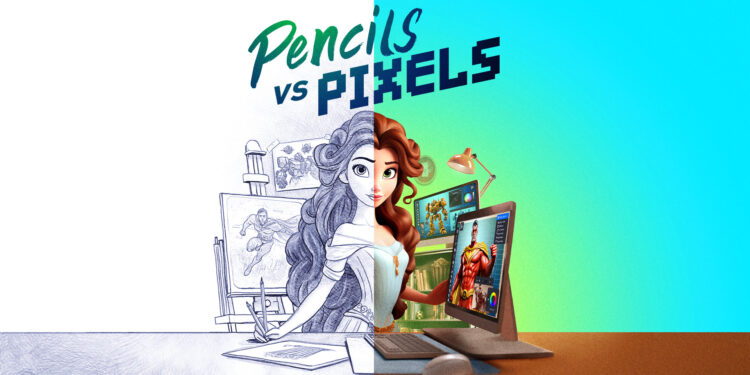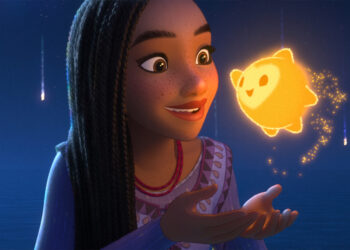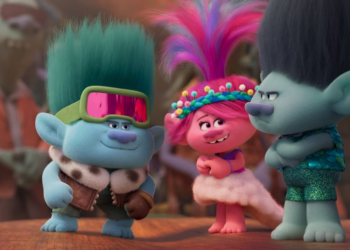It’s the age-old question: 2D animation or 3D animation? In the documentary Pencils vs. Pixels, you get both as you learn the history of animation and the industry’s transformation from traditionally hand-drawn features to computer-animated films.
Narrated by Ming-Na Wen, the voice of Disney’s Mulan, Pencils vs. Pixels starts at the beginning, discussing the the medium’s origins and trailblazers. While not specifically a Disney-centric film, it obviously focuses on the work of Walt Disney and his legendary team of animators, The Nine Old Men. These men pioneered the fundamentals and principles of animation that are still used today.
The next main area of focus is the Disney Renaissance, which breathed life into the dying Disney animation studio and the industry as a whole. Yet while Disney was experiencing this resurgence, the rise of computer generated imagery (CGI) was right at its heels, with former Disney animator John Lasseter opening his own studio and releasing Toy Story in 1995. While there were other important CGI animated works before and during this time, ultimatelyToy Story dramatically changed the direction of the industry and cannot understated.
While CGI animation’s star was rising high, traditional 2D animation’s was falling. It’s heartbreaking to hear the stories of world-class animators who felt left behind by an industry they loved so much. Some adapted and switched over to CGI, some started their own studios and continued doing traditional work, and others stopped working all together. Adapt or die, as the old saying goes.
The final part of the documentary talks about the industry today. How 2D animation is not dead but slowly having a revival, surprisingly through Gen Z animators who want to pave their own way and learn from the 2D masters. The film leaves on a positive note; not lamenting about the lack of traditionally animated features today, but rather feeling optimistic for the future.
The documentary is concise and tells the story well. Hardcore animation fans will feel that they’ve seen this before or that it’s surface level. Part of that is because the film has to spend so much time setting the stage with a basic history of animation. While necessary, it would have been interesting to have an even further deep dive into the clash between 2D and CGI animation from the 80s and beyond. But overall, this is a small critique and the film is well done.
It’s great to see a wide variety of animators and other talent, sharing their experience in their interviews. Glen Keane, James Baxter, Aaron Blaise, Andreas Deja, Jorge R. Gutiérrez, Mark Henn, Pete Docter, John Musker, and Tony Bancroft–just to name a few. Animation fans will easily recognize the importance and significance of these names. You also get the insights from animation historians Leonard Maltin and Mindy Johnson, which adds some balance to the commentary.
One notable missing person is John Lasseter, one of the founders of Pixar Animation Studios. While he was unceremoniously booted from Walt Disney Animation Studios in 2018 during the height of the #MeToo movement, it seems odd that such an important figure would not appear to share his perspective. Despite this, the filmmakers do their best to fill this void and include video clips of him telling key parts and having others who worked with him share their tales. It’s unclear whether he was never asked to be a part of the documentary, was bound by a strange NDA as part of his Disney departure, or if he simply refused to participate; either way, his absence is palpable.
Overall, Pencils vs. Pixels does a great job elucidating a key period in animation history. It does the best it can to bring the viewer up to speed with nearly 100 years of animation history, while simultaneously digging deep into the pencils vs pixels debate. Ultimately, it leaves the viewer optimistic for the future of animation (and has a fun end-credits scene to wrap it all up).
★★★★







